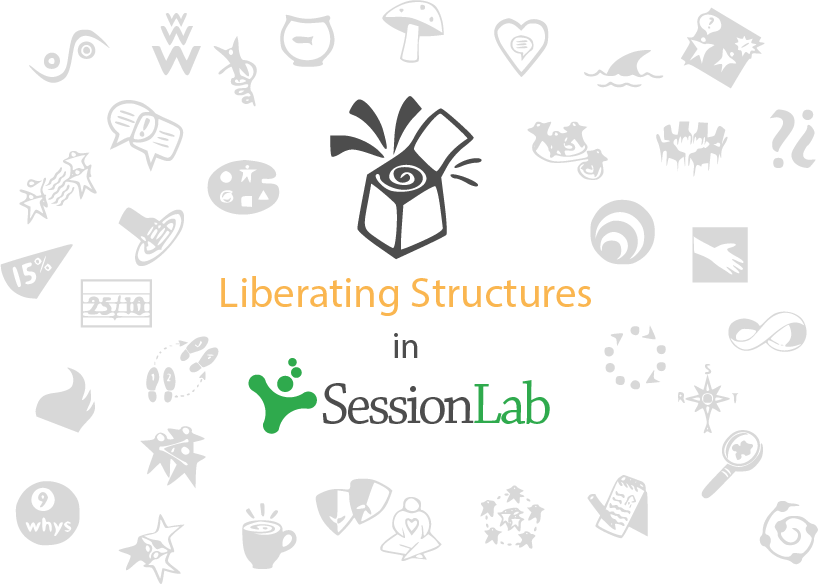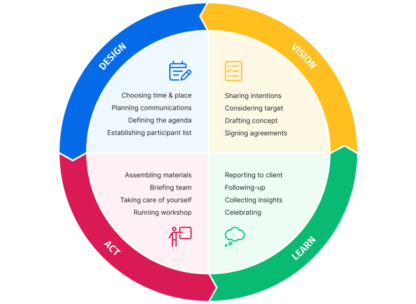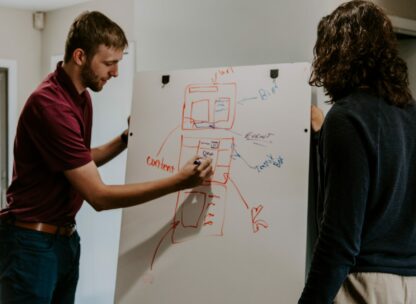Liberating Structures now in SessionLab Library

Simple rules that make it easy to include and unleash everyone in shaping the future (or at least the next meeting)
Keith McCandless and Henri Lipmanowicz sure had these kind of impressions and questions in their minds when they met in 2003 at Plexus Institute. They both had background in complexity science, improving organization’s workflow and learning methods. They shared a hunch that conventional structures (reports, presentations etc.) are too inhibiting while other techniques (brainstorming) are too loose. So building on a few methods they created Liberating Structures (the term itself is based on theory of power by William Torbert) that incorporates principles from complexity science, organizational development, improvisational arts, and user experience.
The aim of Liberating Structures is to enhance creativity, trust and relational coordination while making every participant feel included and heard in meetings. The methodology follows the principle that attracting (rather than compelling) lively participation generates momentum for change and innovation. It is known that if you give everyone a choice of many innovative methods (without the pressure of a top-down “best practices”) then innovation will flourish. With the help of 34 easy-to-learn methods, you will be able to structure the way people interact with each other, leaving more room to the content. Liberating Structure methods help to make the process more explicit and understandable for everyone since it increases the ownership of solutions by including large groups of people. If used regularly, these methods will make meetings easier and more effective resulting in practices that have a meaning for everyone.
For example, when it comes to law and lawmaking sessions, the last thing we would think about is that it could be transformed into a discussion that is effective, simple, and involves everyone. Still, the latter happened when one lawyer introduced a couple of Liberating Structures methods during a conference on children’s justice issue. He began to plan the session by using Design Storyboard to draw out all the different activities.
Then introduced Impromptu Networking as an icebreaker to start the workshop. It raised the energy level and kicked off the conversation between participants.
With Social Network Webbing he showed that all of the participants have network or collaboration opportunities.
At the end 1-2-4-All provided a great platform to discuss the leadership challenges all lawmakers face at some point in their career.
You can find other intriguing case studies on the official Liberating Structures website.
Do you want to run a session using Liberating Structures methods?
The great news is, you don’t have to take special courses, or be certified Liberating Structures facilitator to use them. The methods are deliberately simple and anyone can lead a session by applying them. Just check out Liberating Structures in SessionLab and start shaping your organization’s future.
If you are eager to find out more about the background of the methods or the community behind them, visit the official website to find more inspiration, case studies and practical tips how to build the Liberating Structures on each other.



Leave a Comment